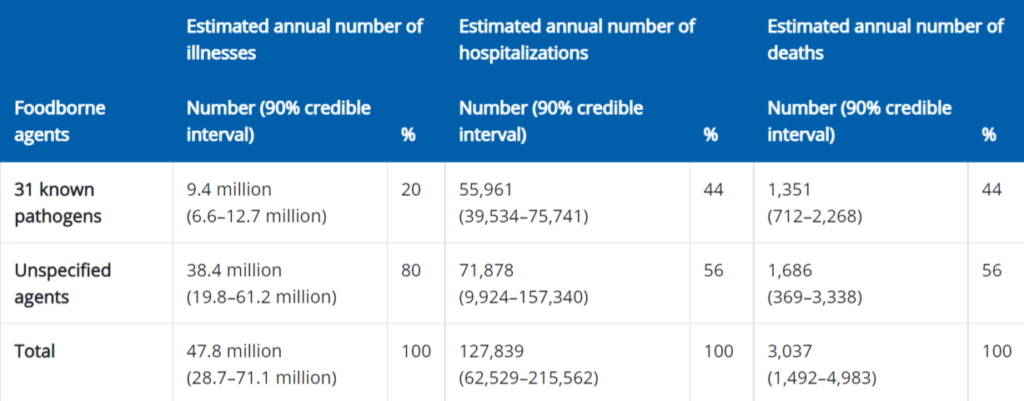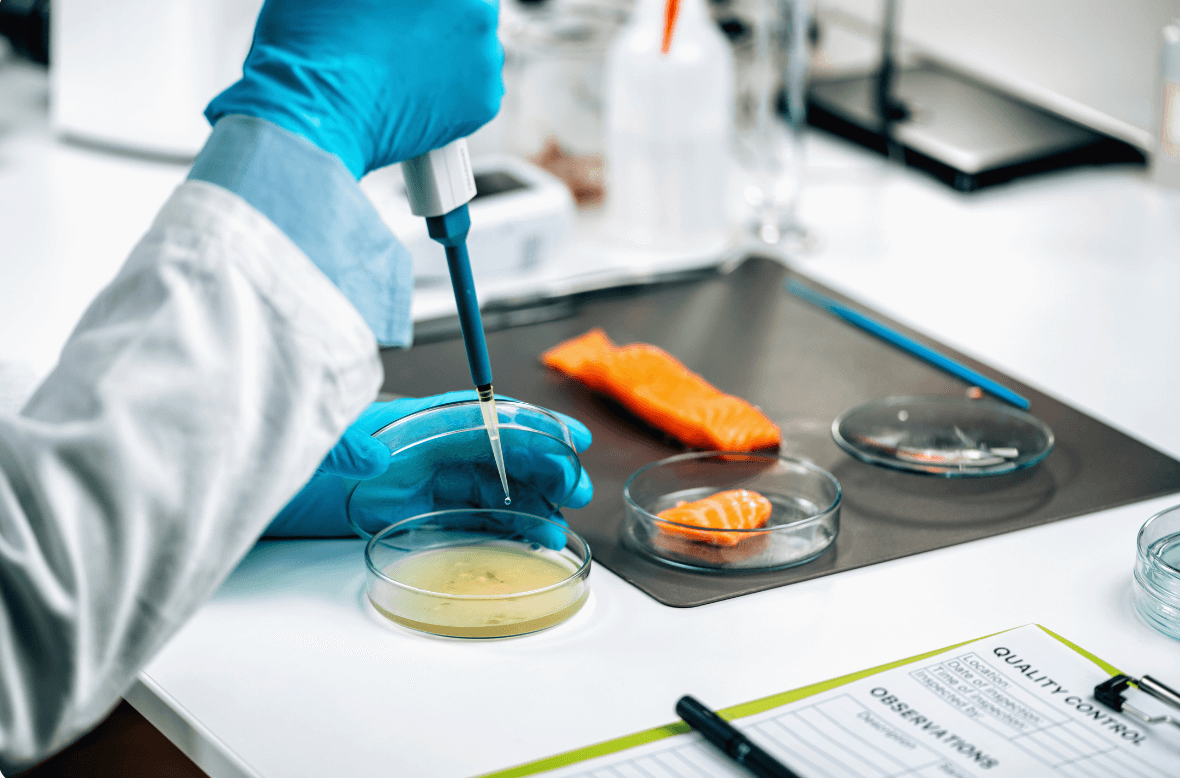Did you know that CDC estimates each year roughly 7.6 million people in the United States get sick, 128,000 are hospitalized, and 3,000 die of foodborne diseases? That’s why it’s so important to implement food safety practices to help prevent biological hazards.
There are various types of biological hazards like bacteria, viruses, parasites, or mold. These biological hazards can lead to infections or foodborne illnesses when inhaled, eaten, or in contact with skin. About 90% of biological hazards in food can be prevented by ensuring personnel hygiene and avoiding cross-contamination.
This blog will talk about which food safety practices will help prevent biological hazards and the steps you can take to prevent the transmission of these harmful organisms.

Different types of biological hazards
Biological hazards refer to organisms and substances produced by organisms that can make us sick. The temperature, pH level, and water activity are all factors that impact the growth of microorganisms such as bacteria, viruses, and parasites. It’s important to understand each type of microorganism to implement food safety practices which will help prevent biological hazards.
Bacteria
Bacteria are single-celled microorganisms that can exist both in the environment as well as within humans and animals. They are capable of reproducing at a rapid rate and can be found in many foods but especially those that have been left out at room temperature for too long or cooked incorrectly.
There are many different types of bacteria that can affect a product, but some examples are E. coli and salmonella. Both E. coli and salmonella cause illness when they enter the body through contaminated food or water. Symptoms of an E. coli or salmonella infection include fever, abdominal cramps, and diarrhea.
Viruses
Viruses are another form of biological hazard that you can find in food products such as milk or water. They do not have a cellular structure like other living organisms do; instead, they must infect other cells to reproduce themselves.
You also can’t see them with the naked eye. Instead, you can only detect them with labaratory testing. Some common viruses include hepatitis A, hepatitis B, and rotavirus.
Parasites
Parasites such as tapeworms live inside another organism (host) to survive. Tapeworms usually infect animals such as cattle, sheep, and pigs before infecting humans through contaminated meat products such as pork or beef. They can also infect fish that go sit too long without cooking. It can then transmit into the human body through the consumption of these raw or undercooked fish products.
Frontline MOC for food product safety
Frontline MOC is a powerful tool for carefully managing changes to recipes, suppliers, and more.
Tips for preventing biological hazards in food safety
Below are the top ways you can reduce and eliminate biological hazards in food products.
- Prevent contamination by minimizing or eliminating contact with bare hands.
- Wash and clean both hands and surfaces frequently.
- Handle and separate raw meats from other types of food.
- Use sneeze guards or cough shields to prevent employees from sneezing or coughing on food.
- Food handlers with cuts or open wounds on their hands should stop working immediately.
- Wash raw fruits and vegetables thoroughly before peeling, cutting, cooking, or eating them.
- Obtain all foods from trusted sources and production facilities.
- Thoroughly clean and disinfect vehicles or tools used for transporting food.
- Conduct a microbiological analysis of the water you use for washing and cooking on a regular basis.
- Clean and disinfect equipment, utensils, and other types of tools used to produce food products.
- Ensure effective thermal processing such as pasteurization or cooking is in place.
By following the five food safety rules and maintaining situational awareness, you should be able to drastically reduce the likelihood of incidents.



